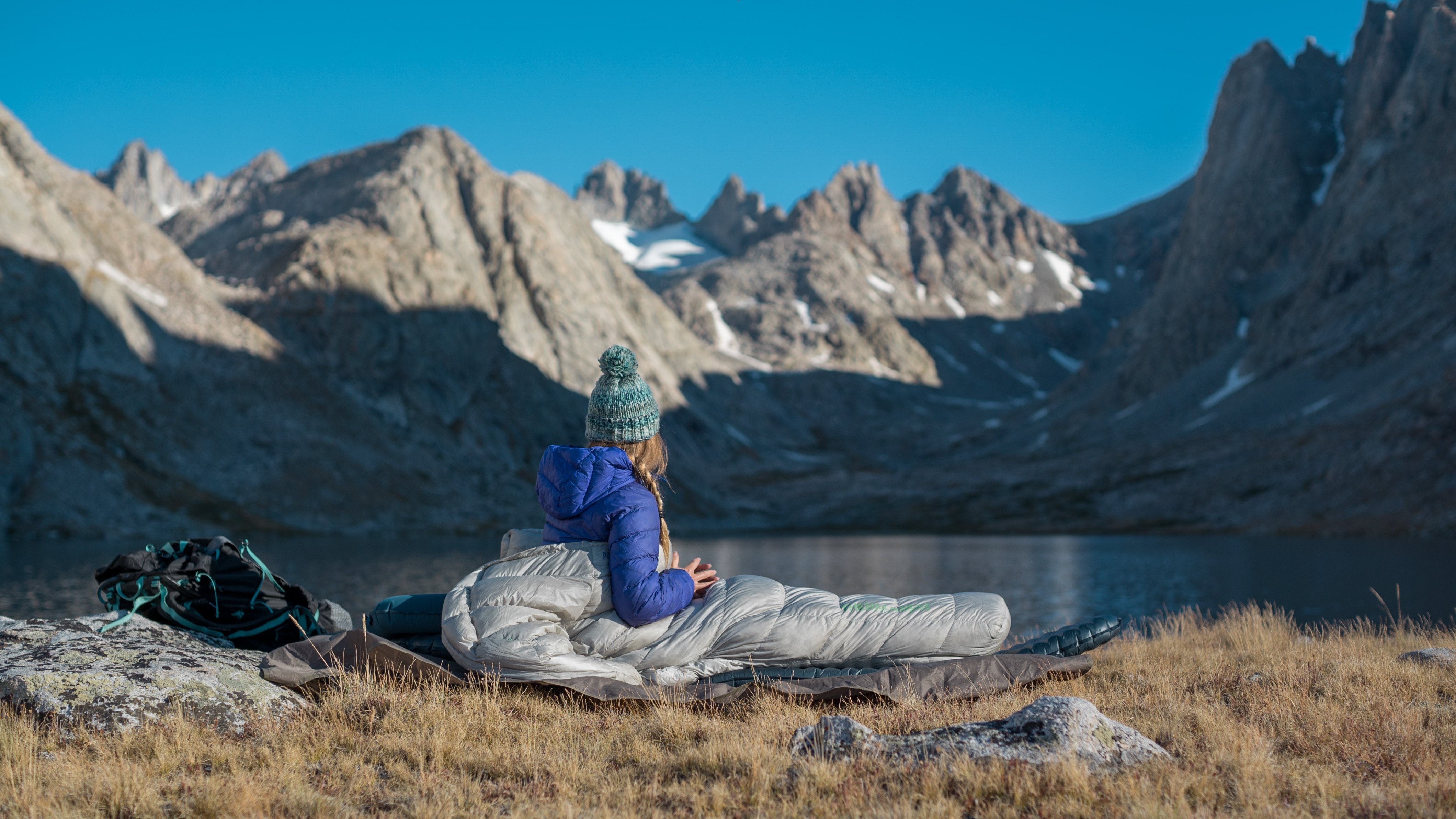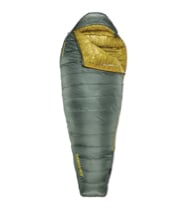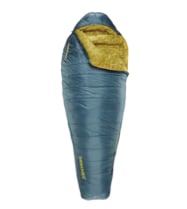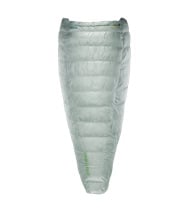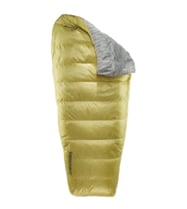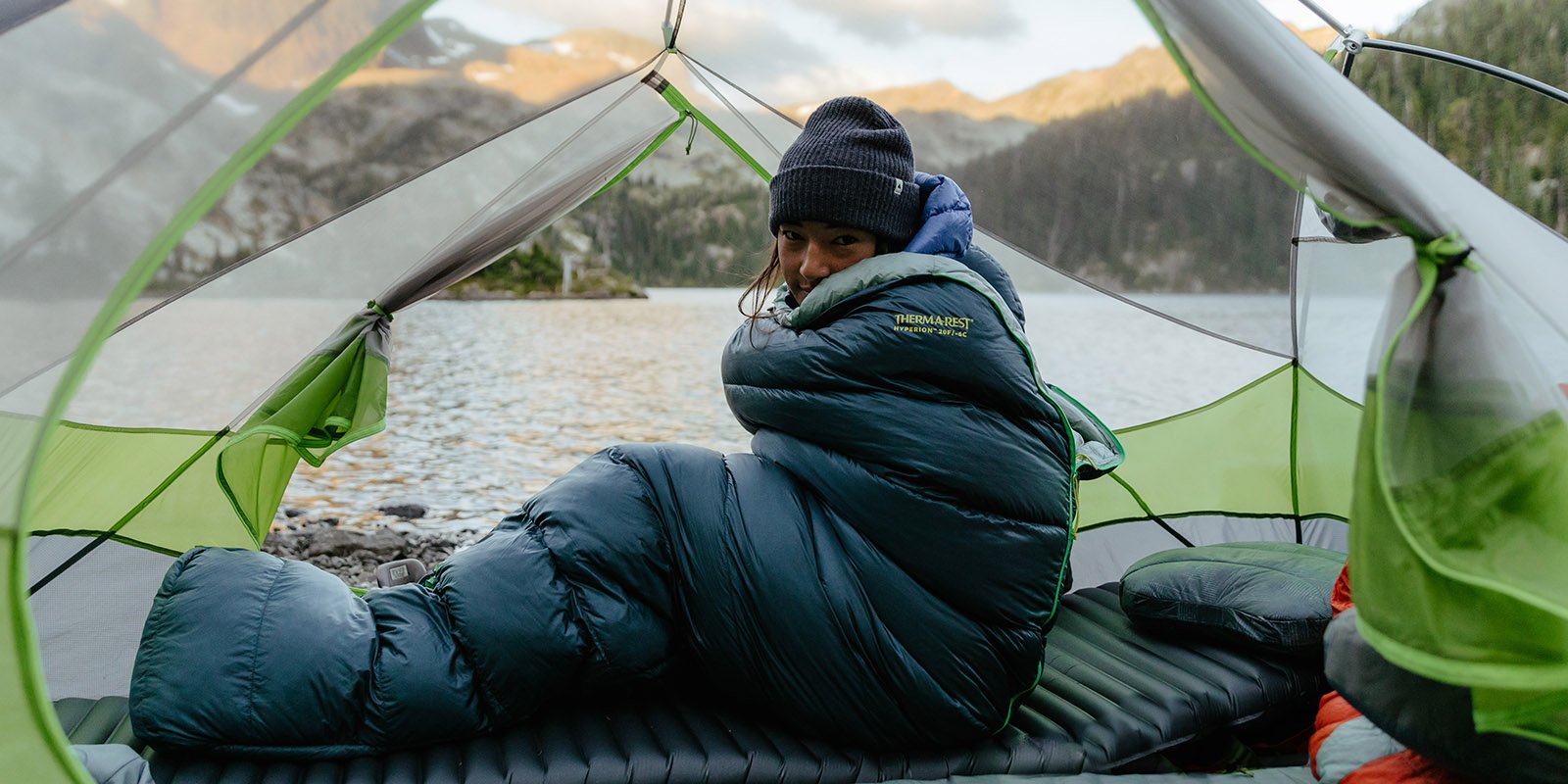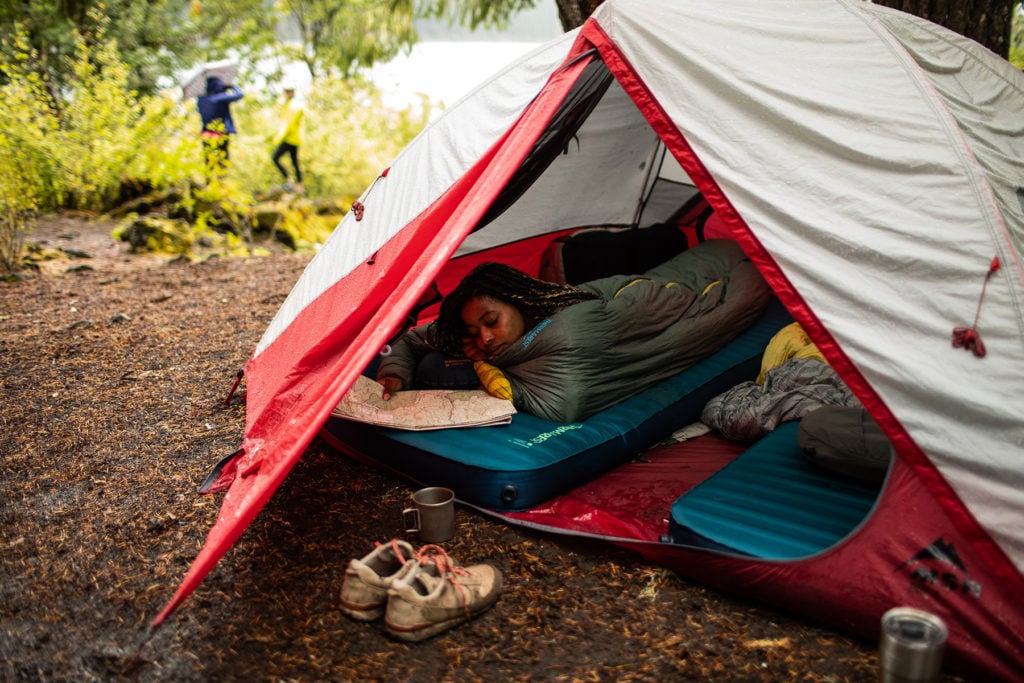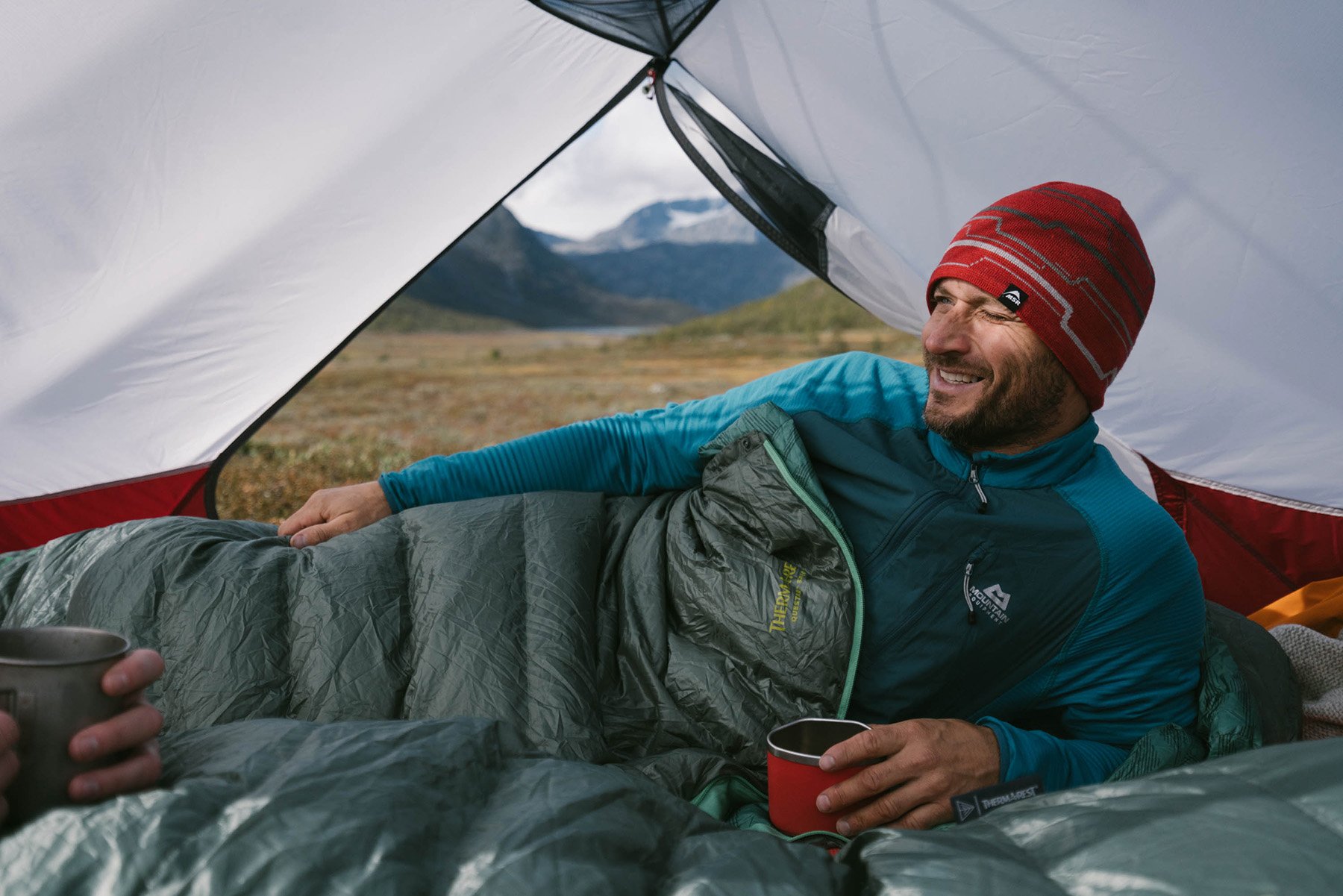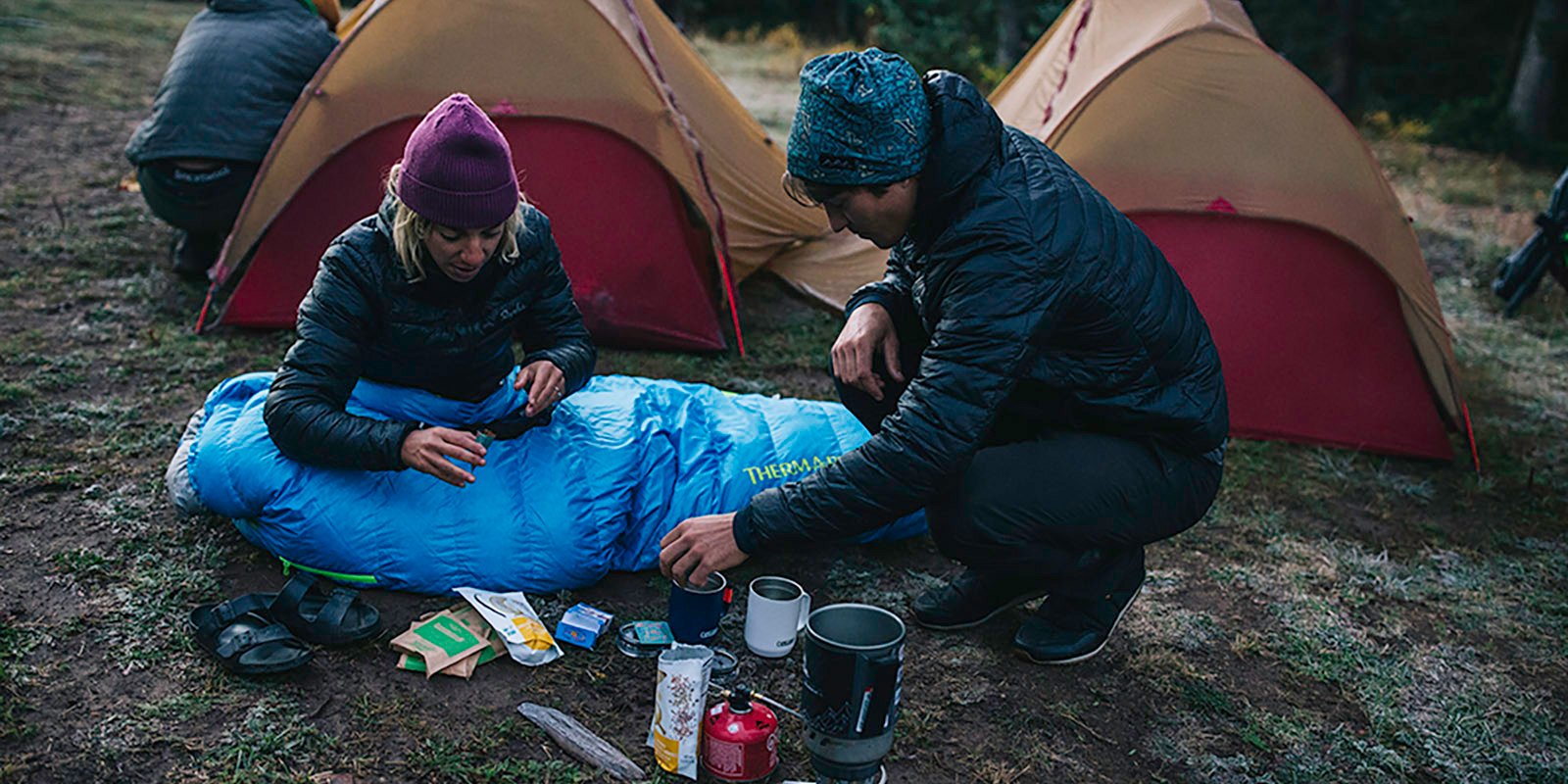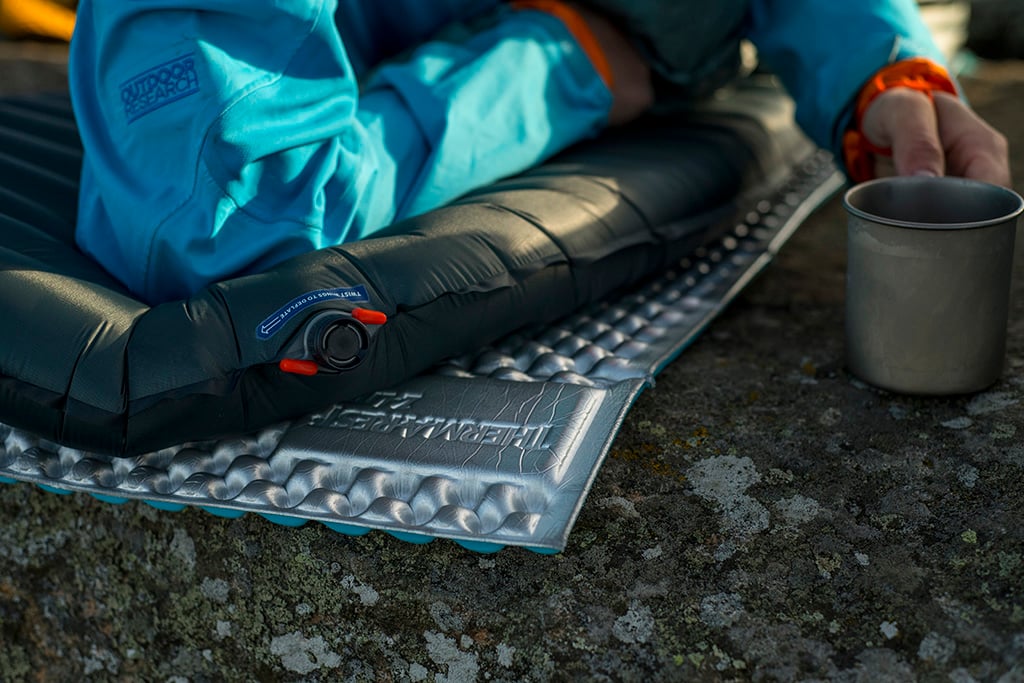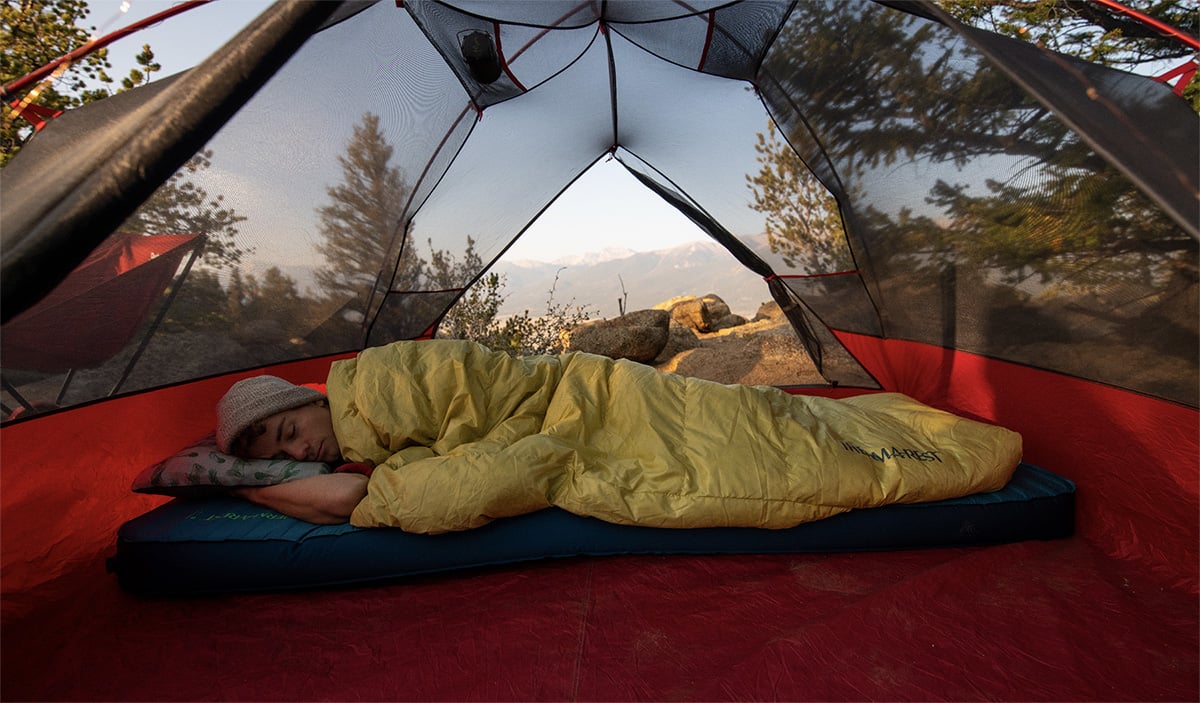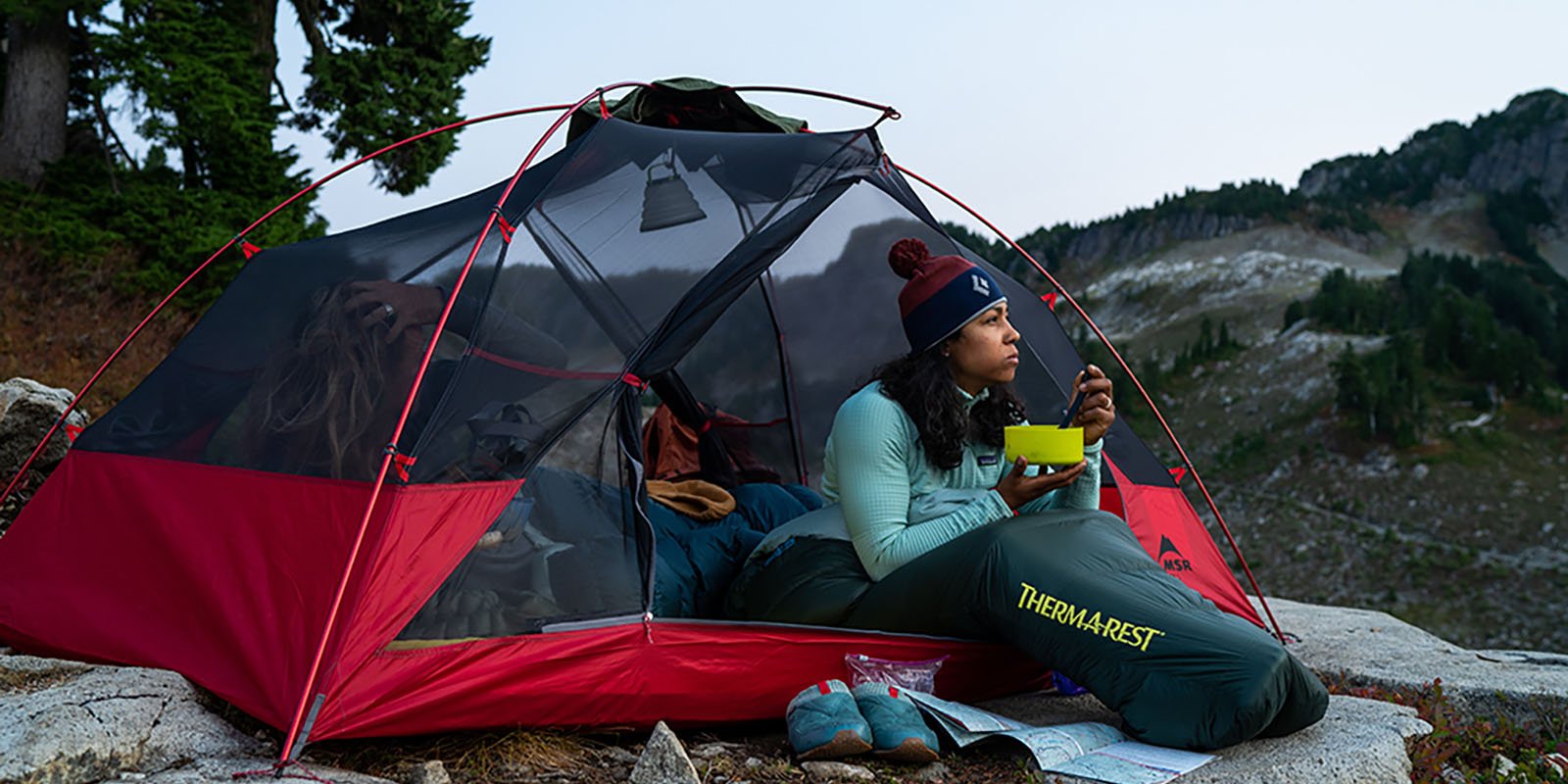Skiing versus snowboarding. Mountain biking versus road biking. Tupac versus Biggie. Who hasn’t engaged in these bottomless debates? Perhaps the mother of all campfire arguments, however, is the age-old synthetic versus down sleeping bag scenario and hopefully help you get to the bottom of figuring out which bag or quilt best fits you.

Down vs. Synthetic: Price
A deciding factor for campers on a budget is the significant price difference between a down bag and a synthetic bag. With the increasing popularity of fashionable down jackets worldwide, that magical insulating undercoating that provides warmth to geese, ducks and now humans is a hot commodity. And because of the demand, down is more expensive. Traditionally, a down sleeping bag started at around $300. However, the price can vary depending on what’s happening to the supply of down globally. In 2013, for example, a bird flu outbreak wiped out a large chunk of China’s down supply, bumping up the price of down sleeping bags worldwide.
It’s worth noting that duck down, while not as high quality as goose down (it usually tops out around 650-fill), is available and can save you a lot of money, while still getting you the essential performance benefits of down.
Bottom Line: If money is tight and how much you spend is your main concern, a synthetic bag or a lower fill-power duck down bag is your ticket to outdoor comfort.
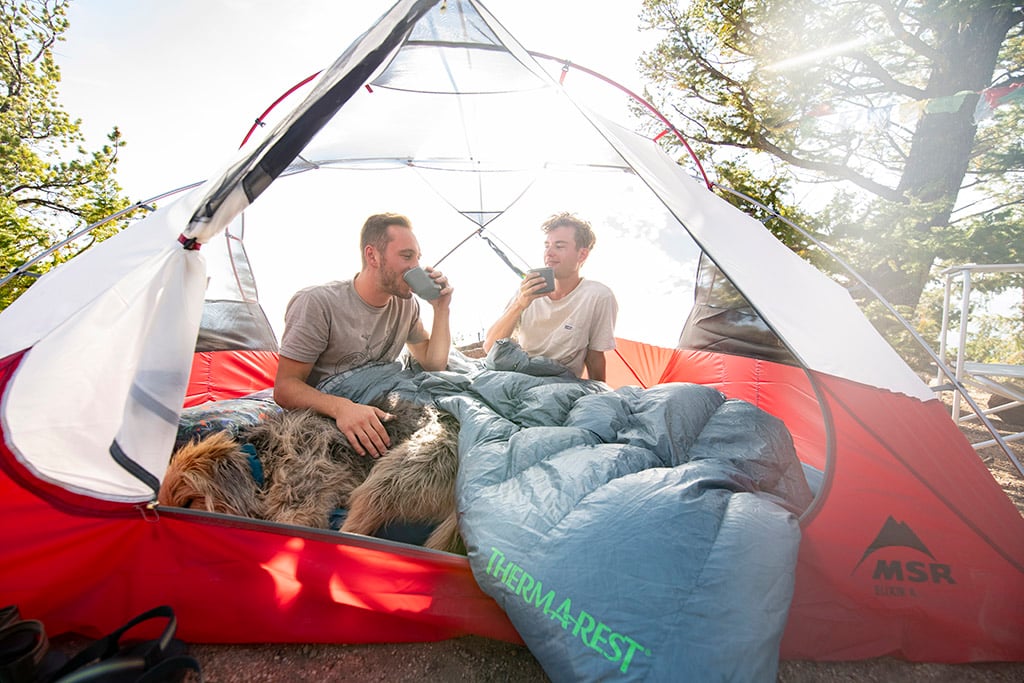
Down vs. Synthetic: Warmth to Weight Ratio
The superiority of down’s warmth to weight ratio is unmatched. That fill-power we mentioned above … yeah that’s where down shines. So what is fill-power? Basically it’s a measurement of the cubic inches an ounce of down can fill inside a calibrated container container. Simply put, fill-power gauges the loft or fluffiness of the down. The higher the fill-power, the warmer the bag. Synthetic insulation, which is made from polyester fibers, has a heavier warmth-to-weight ratio, which also affects a synthetic bag’s compressibility. This means that between two bags of the same temperature rating, the synthetic one will be heavier and bulkier than down.
Bottom Line: If you’re a gram shaving alpinist, a fast and light backpacker, or just a camper who values a light and compact load, a down bag or quilt is your primo choice.
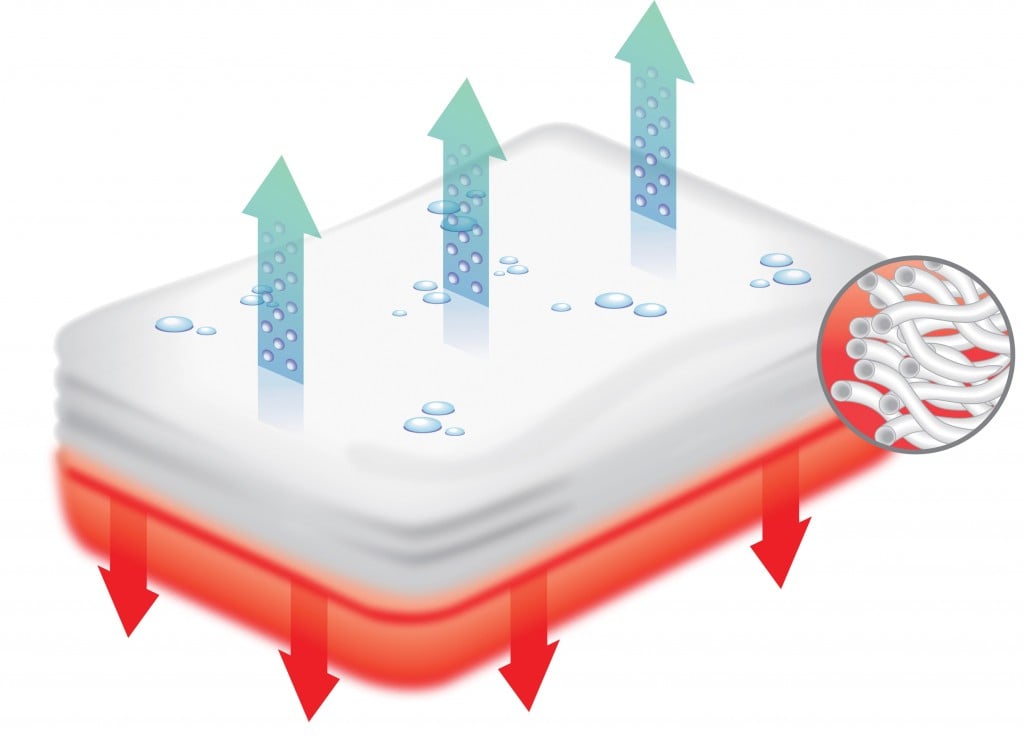 Therm-a-Rest’s eraLoft™ insulation is made of water-resistant polyester that retains warmth when wet and dries fast. The highly compressible microfibers offer excellent loft and hollow-core fibers trap heat efficiently.
Therm-a-Rest’s eraLoft™ insulation is made of water-resistant polyester that retains warmth when wet and dries fast. The highly compressible microfibers offer excellent loft and hollow-core fibers trap heat efficiently.Down vs. Synthetic: Water Resistance
The coup de grâce for those residing in the synthetic camp is often the topic of water resistance. And they’re right: when it comes to playing in the rain, camping in the snow or days on a river, few can argue that a synthetic sleeping bag is the safer bet. Synthetic insulation is designed to maintain its insulating qualities even when wet. Plus it dries faster. For down, moisture is its kryptonite.
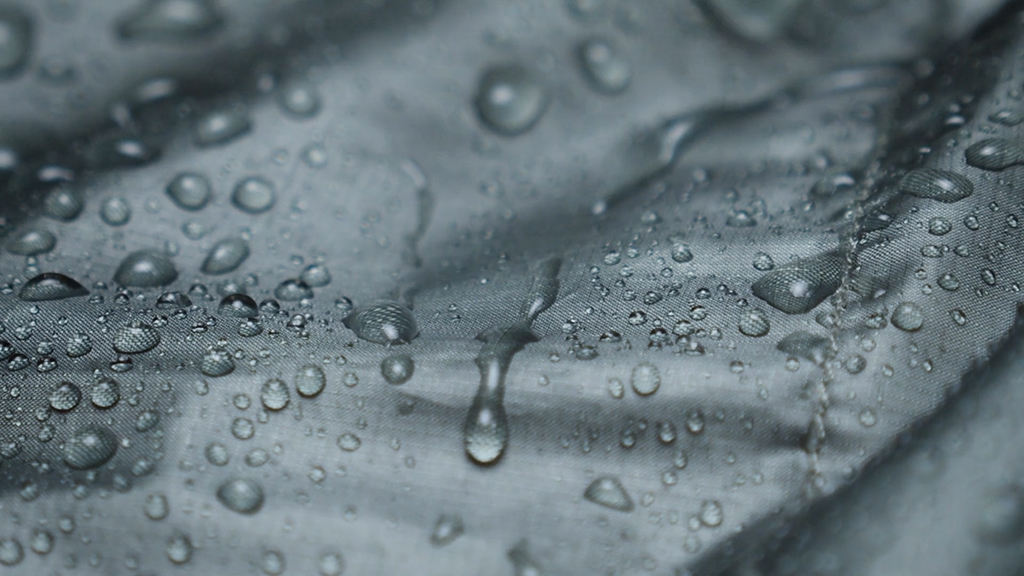
However, a recent evolution of technology has added fuel to this argument. Water resistant down, such as the Nikwax’s Hydrophobic Down™ that we use in our sleeping bags and quilts. Its hydrophobic, water-based treatment imparts some pretty amazing qualities to down: it absorb s 70% less moisture than untreated down and dries three times faster, adding zero weight to the insulation, allowing you some added room for use in wet climates without fearing the worst.
When pitted against each other, however, a synthetic bag still outperforms a treated down bag in very wet conditions.
Bottom Line: If you plan on testing the limits of your sleeping bag or quilt in wet conditions, synthetic is more reliable.
Related Posts:
- Choosing the Right Sleeping Bag: Part 1—Understanding EN Temperature Ratings
- Choosing the Right Sleeping Bag: Part 3—The Fit
- Filled with Importance: The Responsible Down Standard
- Questar™ – The Best Down Sleeping Bag?
- Saros™ – The Best Synthetic Sleeping Bag?
Updated. Originally Published October 25, 2019.
